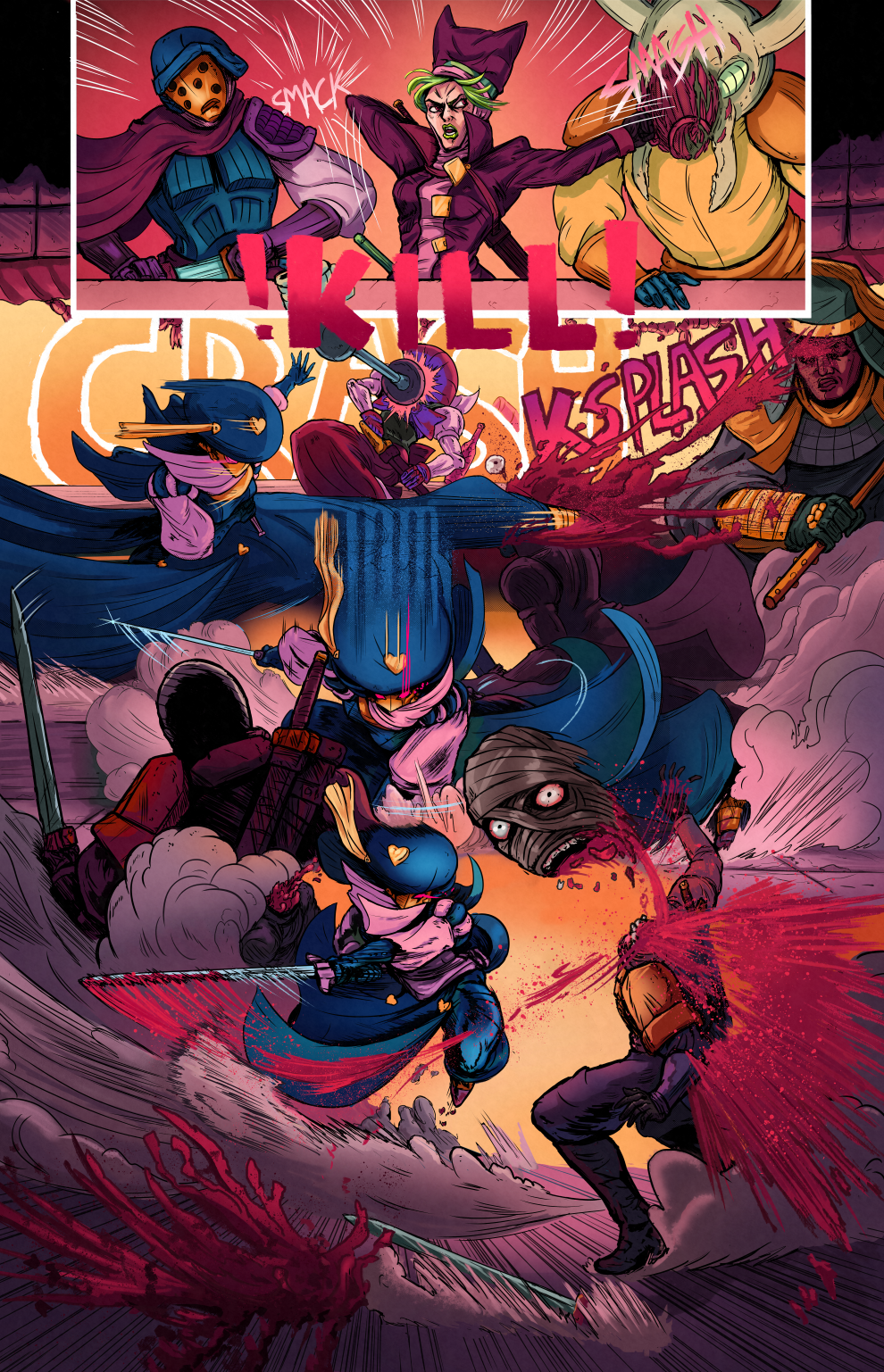Kill Witch Kill 64
“The Blade Perpetual style favors a single long blade, similar to the archaic forms of the Universal style, to which it is a further development.
Divided in tiers according to ability, this style is multilayered and complex, with a high level of experience and skill required to unlock its full potential. Combining a focus on defense, positioning and attrition to reduce the advantages held by greater numbers or more powerful opponents. Disregarded by many modern schools for its overtly defensive focus, the true master knows its powerful offensive capabilities hidden by the high skill barrier.
At a low level, the fighter remains on the defensive and relies primarily on footwork and parries while observing the foe. Once the enemies capabilities have been assessed, the Blade Perpetual deliver a powerful riposte, or if the difference in skill is too large, careful attacks of opportunity until advantage is seized.
At a intermediate level, the Blade Perpetual focuses on the swift reduction of the enemy. Taking advantage of the foes (most commonly encountered) perception of the art as defensive, to surprise the enemy with a overwhelming offensive cadence. This requires a greater sense of battlefield rythm and awareness of surroundings, to take full command of the fight.
At the highest levels the Blade Perpetual have mastered the secrets techniques based on the principles of inner strength; enabling her ignore pain, recieve enemy strikes as she choose and is capable of going beyond even mortal wounds to deliver the conclusive blow.
Against such a foe, can one ever be assured of anything but at best, mutual destruction?
Other schools will press the importance of location, situation or preparations. The Blade Perpetual requires neither to be useful. In this way, it is the equal of the Universal Art, and only matched by the uncanny and highly vulgar Vagabond fighting arts.”
-An overview of the Stroke Perpetual, bladeform training manual fifty-fifth edition, derived from the translated observations of Grevance the Cyndic.

Discussion ¬